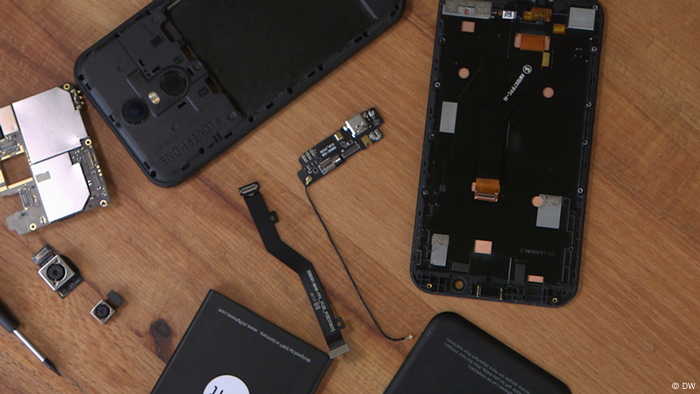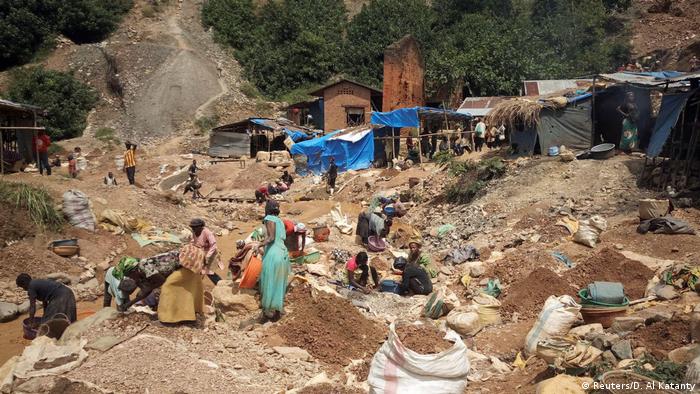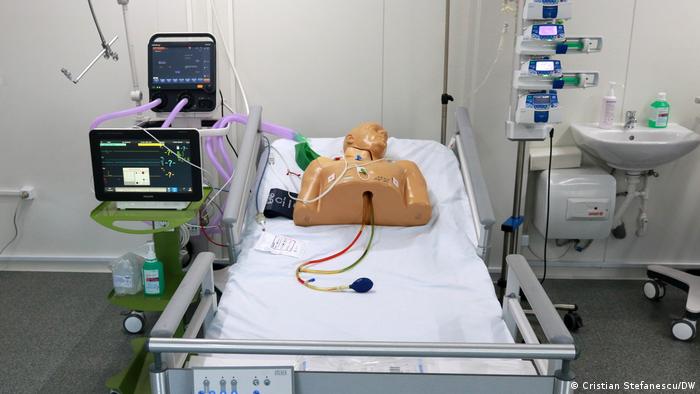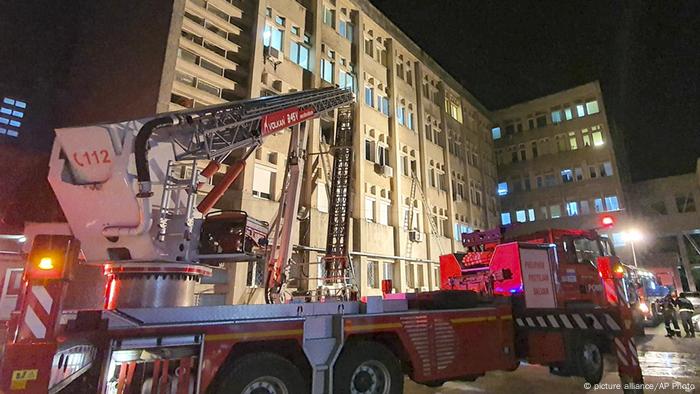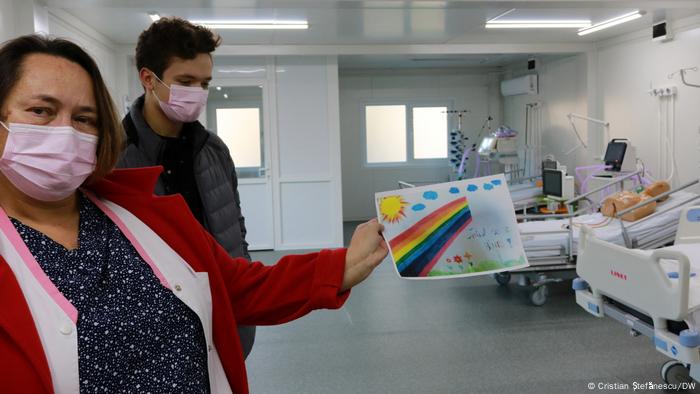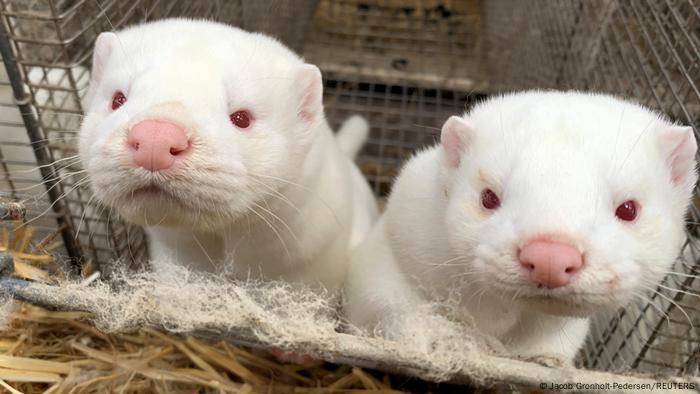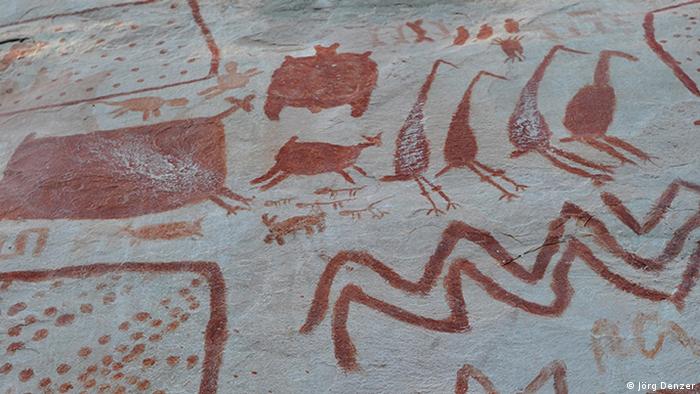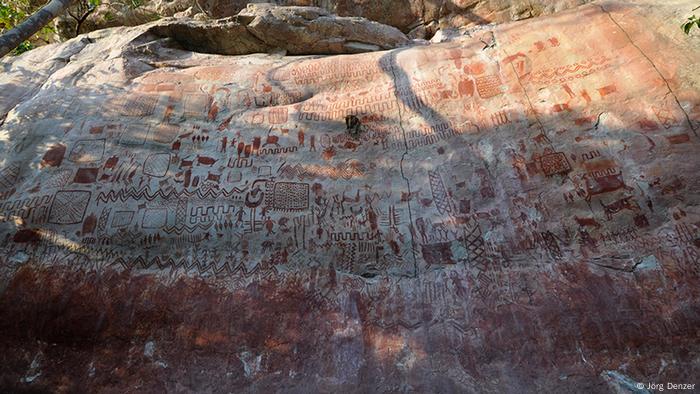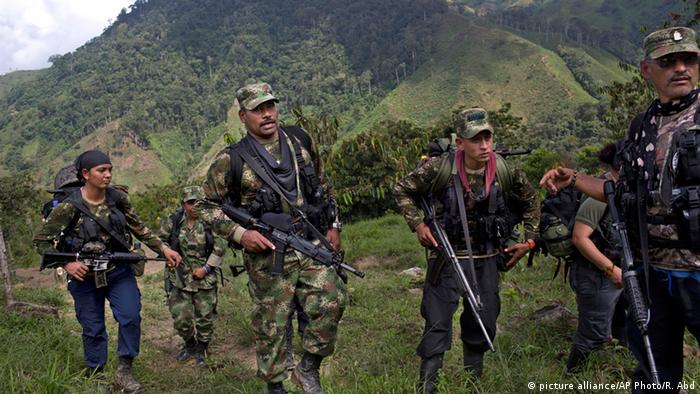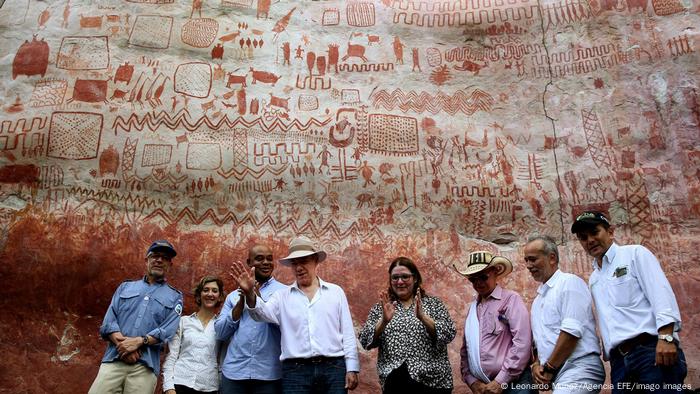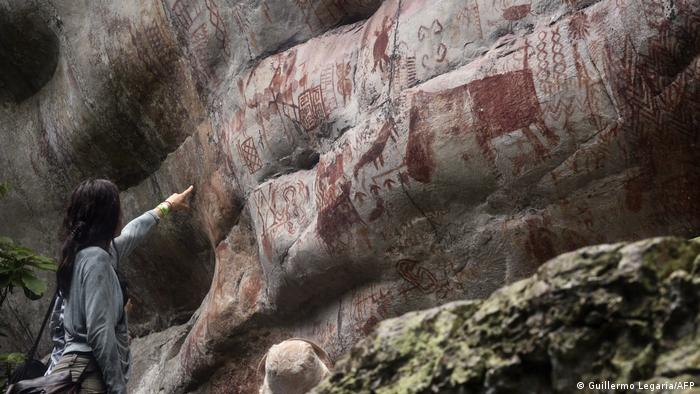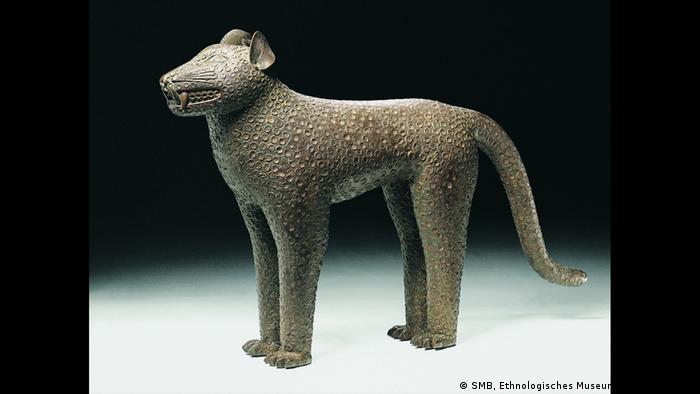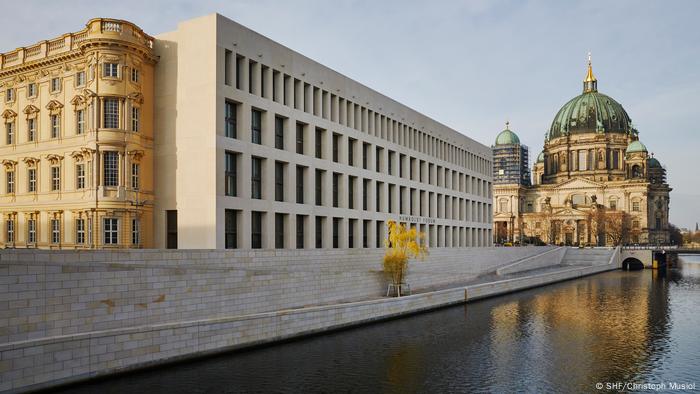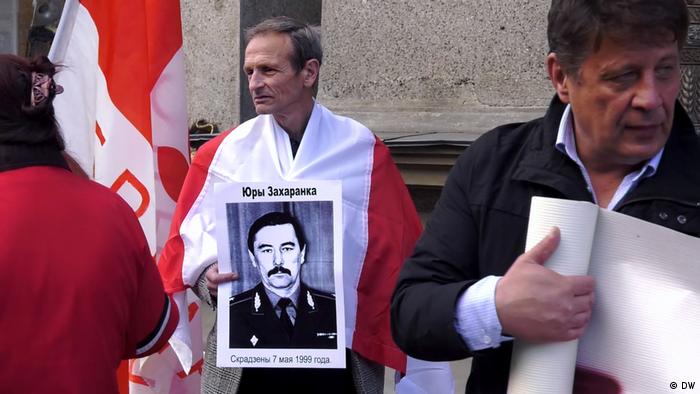We tend to focus on household garbage as a measure of our ecological footprints. But what about the waste and pollution that is generated to make the stuff we buy?
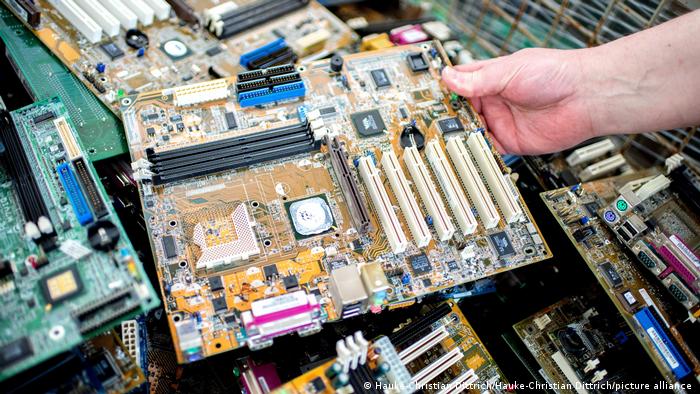
Producing electronics involves high levels of hazardous chemicals, greenhouse gases and water drainage
Most people think they know what waste is. It's the plastic they rip off their broccoli and toss in the bin. It's the cardboard box their new laptop arrives in, and that laptop itself, once it's no longer useful.
Every year, the world produces roughly 2 billion metric tons of garbage. But this is just the trash we can see.
"The waste we deal with as consumers is a tiny percentage of the overall waste — only about 2 to 3% of it," said Josh Lepawsky, author of a book on the global impact of making digital technology.
Hidden in the difficult-to-trace processes of resource extraction, manufacturing, transportation and electricity production is the bulk of the world's waste — generated to make the stuff we buy.
This is especially true for electronics, which is the world's fastest growing trash stream and one of the largest sources of invisible waste.
"Most of the pollution and waste from electronics happens long before people have their devices in their hands," said Lepawsky, who is also a professor of geography at the Memorial University of Newfoundland in St. John's, Canada.
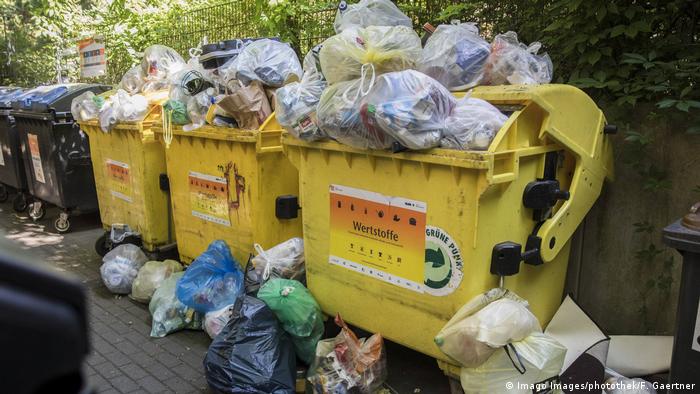
Household waste is only the tip of the garbage mountain
Producing electronics involves high levels of hazardous chemicals, greenhouse gases and water drainage.
Most of this is totally invisible to the average consumer and difficult to quantify. Electronics are comprised of numerous components, most of them sourced and manufactured in different locations around the world before being assembled somewhere else entirely.
Mining precious metals
A typical smartphone, for example, can comprise up to 62 different metals. Among the myriad tiny components of an Apple iPhone are gold, silver and palladium. These precious metals — extracted mostly in Asia, Africa and Australia — need to be mined.
A study by Swedish waste management and recycling association Avfall Sverige calculated the invisible waste generated for a typical smartphone and 3-kilogram laptop to be about 86 and 1,200 kilograms (190 and 2,645 pounds) respectively.
"That [figure] includes stones, gravel, tailings and slag," said Anna Carin Gripwall, co-author of the study. "It's also the fuel and electricity used — but that is a very small amount compared to the mining waste."
This far outweighs other products surveyed, including 1 kilogram of beef and a pair of cotton trousers, which generate 4 and 25 kilograms respectively.
A dirty enterprise
The cutting, drilling, blasting, transportation and processing involved in mining precious metals can release dust containing harmful metals and chemicals into the air and surrounding water sources.
"After you dig up the ore, you have to separate out the concentrated material," said Fu Zhao, professor of mechanical engineering at Purdue University in the US state of Indiana. "They are difficult to break down, so you need to use chemicals and high temperatures." This becomes particularly problematic when done on such a large scale, he added.
Without proper oversight, these toxic components can contaminate groundwater, leach into valleys and streams and damage soil, plants and animals — and threaten the health of human populations.
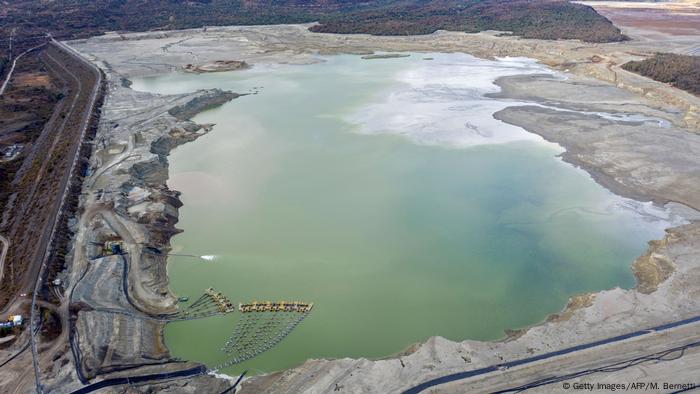
The Minera Valle Central Mining Company in Rancagua, Chile,
This doesn't necessarily mean that mining for these precious metals is inherently bad for the environment, said Saleem Ali, professor of energy and environment at the University of Delaware in the US.
"The challenge is just figuring out how to manage it so it doesn't damage the environment," he said. "You have to find a way that these toxic solvents don't enter the groundwater supply, and give people working in these areas protective equipment so they aren't inhaling volatile organics." This can be done, he argues, with more investment.
An important part of achieving "green mining" is using more renewable sources of energy in the making of these devices, said Ali.
From the US to China, Hong Kong and back again
Assembling electronics also produces large amounts of waste — much of it toxic.
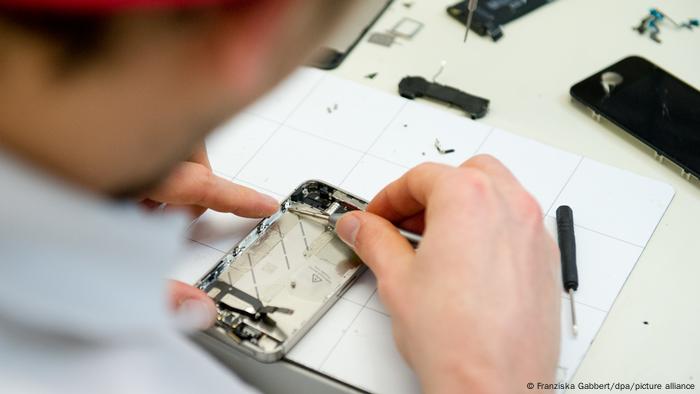
CASPITALISM PLANNED IN OBSCELECENCE
Many electronics are not currently designed for reuse or remanufacture
Many of the gases used in the manufacturing of certain electronic components, such as fluorinated greenhouse gases used for screens, "are massively more powerful than carbon dioxide," Lepawsky said.
Most electronics are now manufactured in China, Hong Kong, the United States and countries in Southeast Asia. Part of the difficulty of putting invisible waste into concrete terms is that many modern products, especially electronics, have long, complicated supply chains.
Although Apple publishes a list of its top 200 suppliers located in 27 different countries, the bulk of their supplier's facilities are in places with no publicly accessible registers tracking the release of toxic pollutants.
Watch video 02:27 Eco Check: Why e-waste is a growing problem
And as for the world's electronic devices we throw away — currently, only 17.4% is formally collected and recycled.
Even if 100% of these electronics were successfully recycled, it would do nothing to recoup the pollution and waste arising in manufacturing, and only make a minor difference to mining waste, said Lepawsky. The lack of e-waste recycling does, however, highlight part of the problem.
"If you look at electronics, they are not designed for reuse or remanufacture," Zhao said.
Apple has pledged to become 100% carbon neutral by 2030 and has recently responded to growing concerns about e-waste by deciding not to sell earphones and chargers with every iPhone, as well as promising to increase the use of recycled materials in its production.
Yet Zhao said such rapid technological advancements housed in very complex and difficult to disassemble device make those goals a challenge.
"Your cell phone might become obsolete in just a couple of years... That makes reuse and remanufacture almost impossible," he said. "The tech companies have to make money... But at the same time, that has consequences for the environment."

CHINA CLEANS UP ELECTRONIC RECYCLING
No more foreign trash
This year, China decided it no longer wanted to be the world's dumping ground and banned imports of 24 kinds of waste. As a result, there are no more discarded and broken electronics arriving in Guiyu from Europe or the United States. Well, not officially.
12345678
AUDIOS AND VIDEOS ON THE TOPIC
Recycled laptops help Rwandan students
